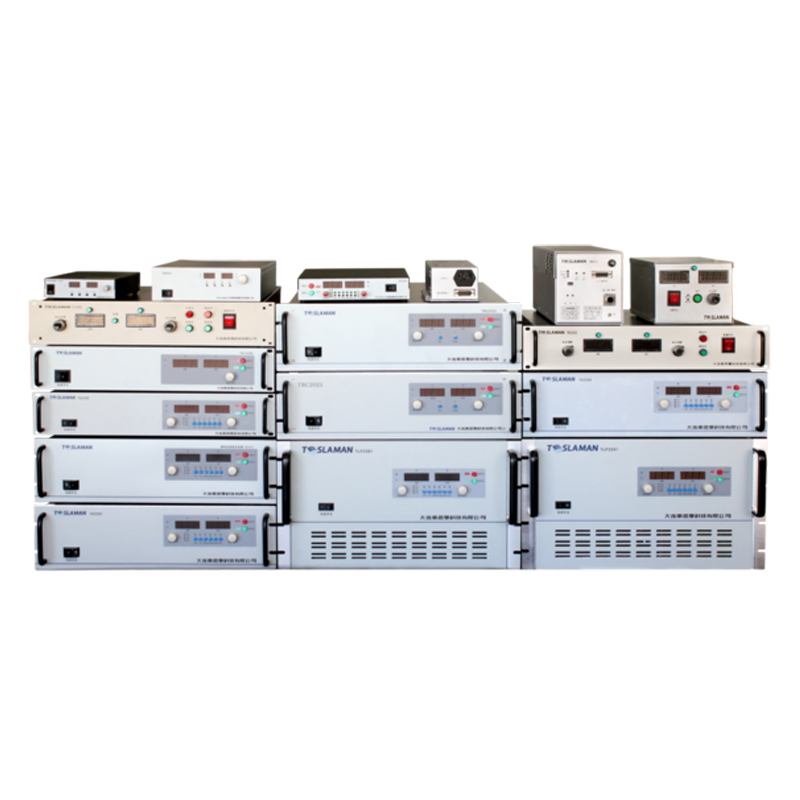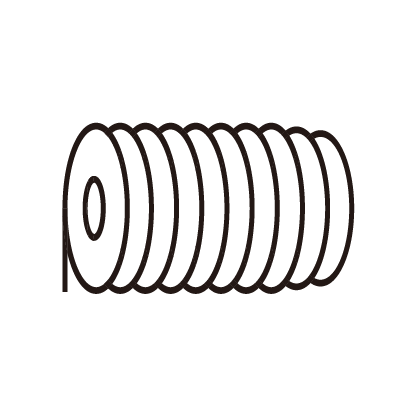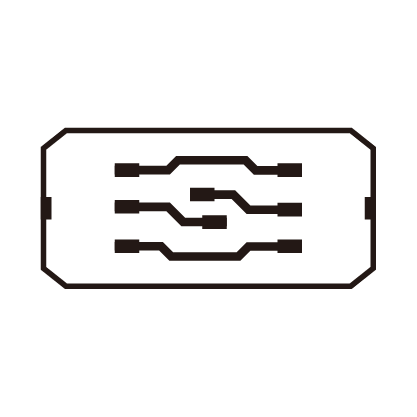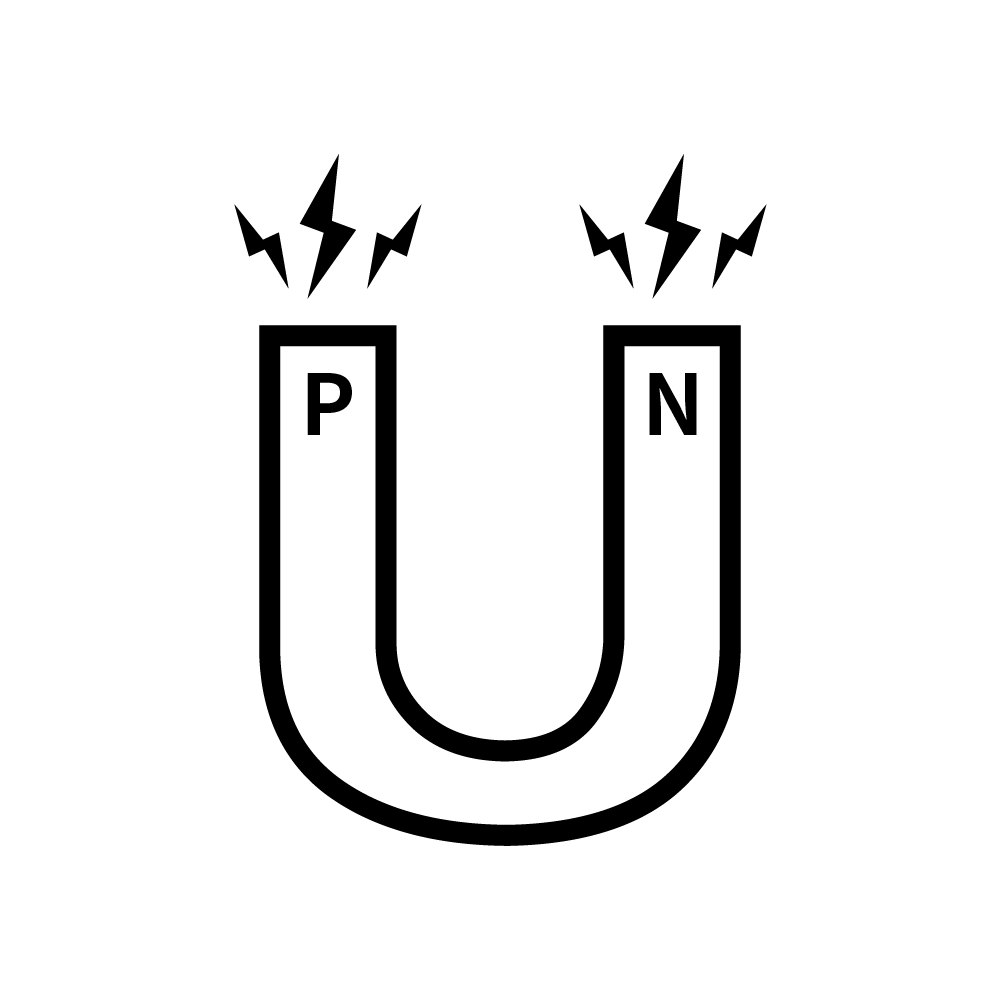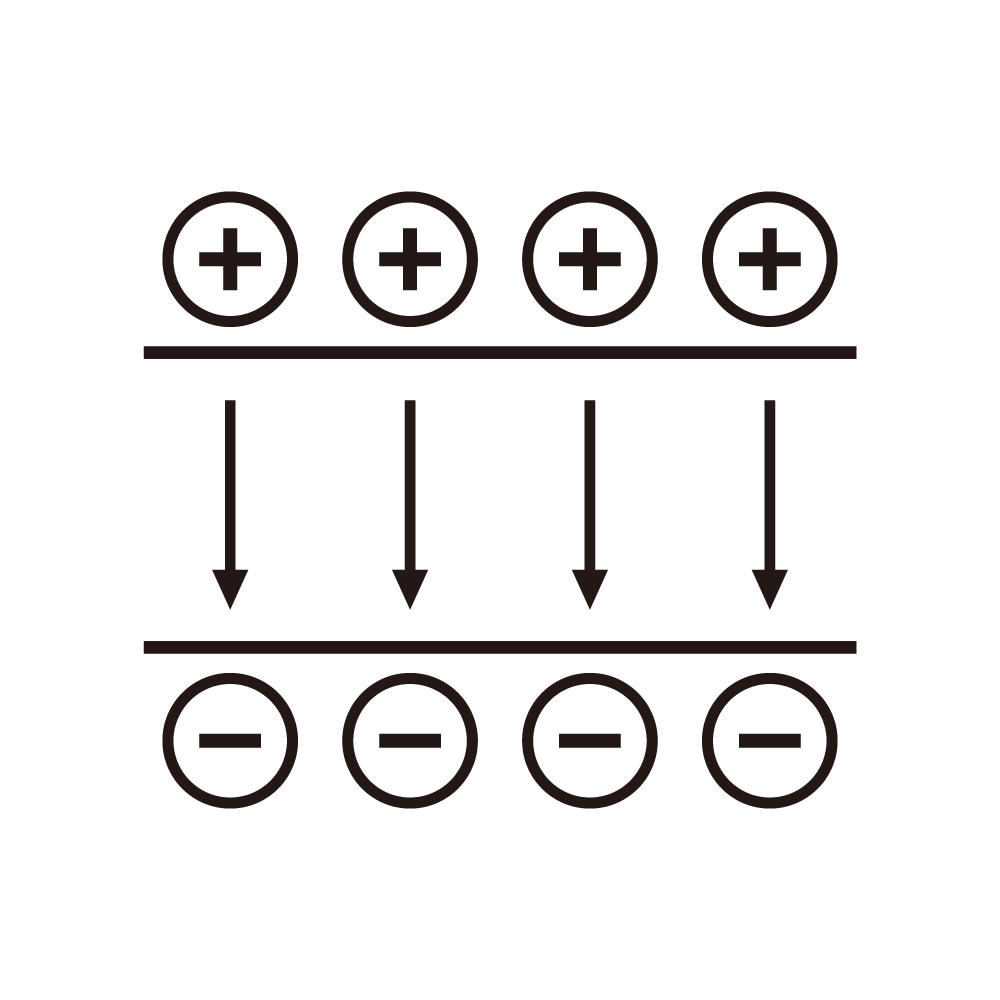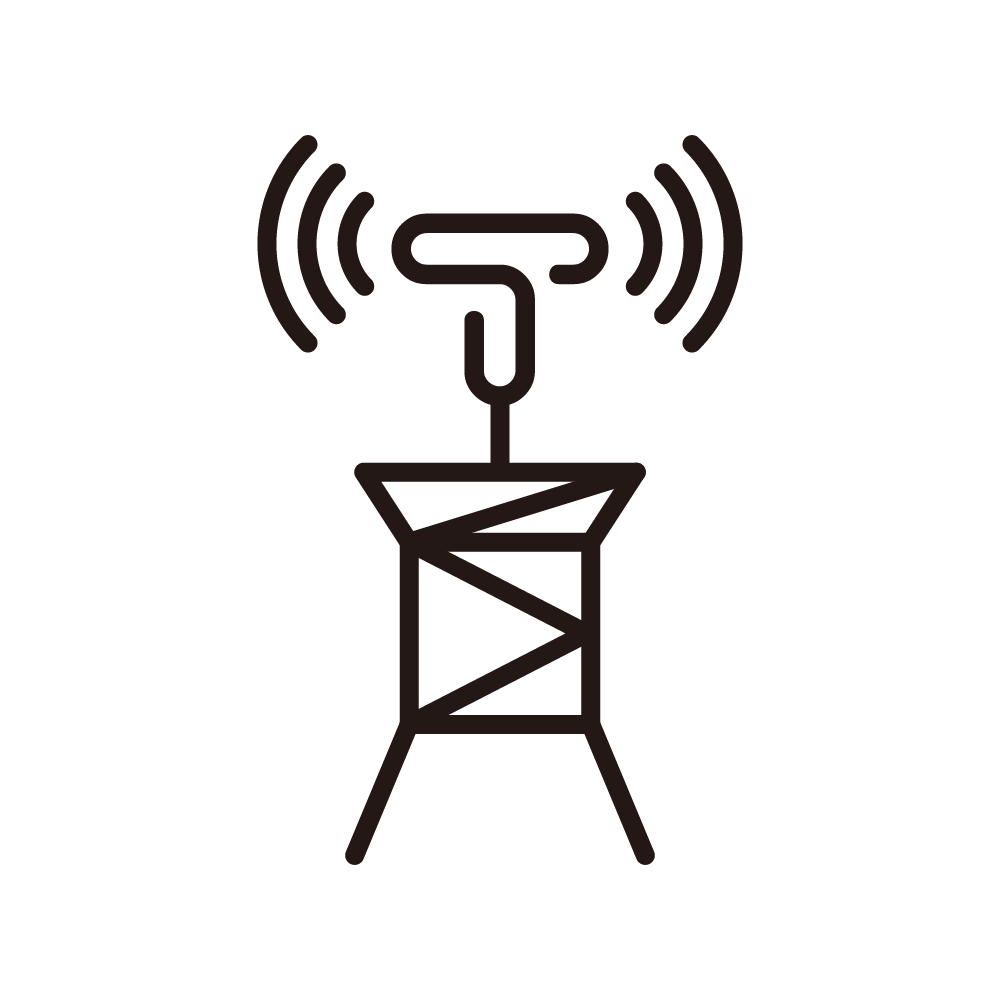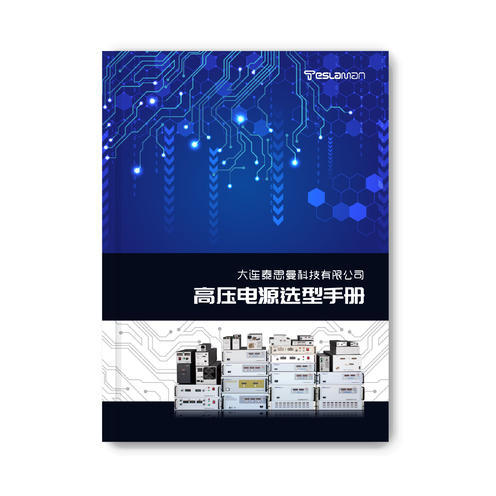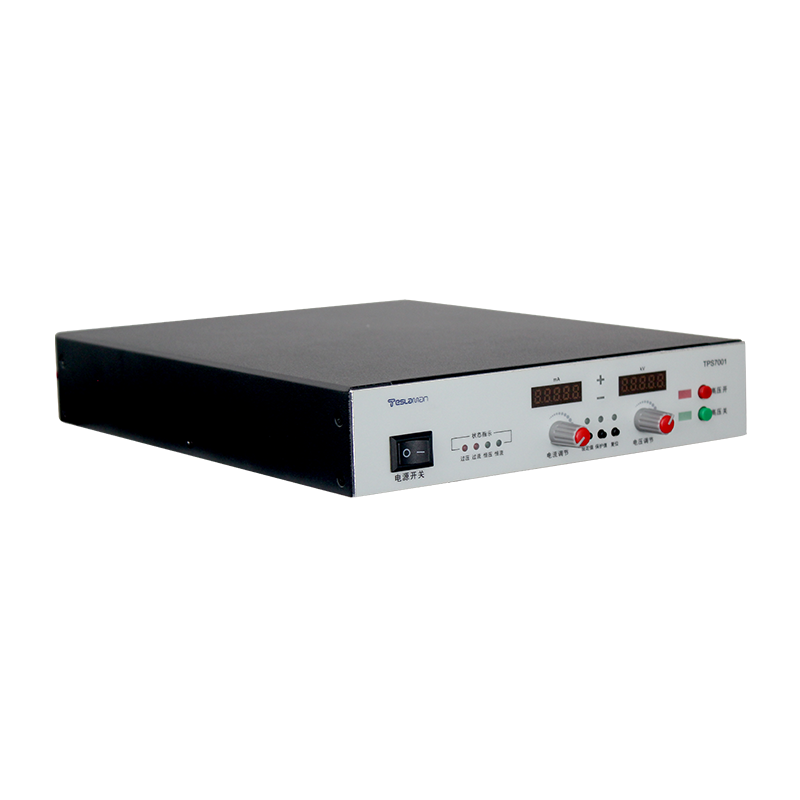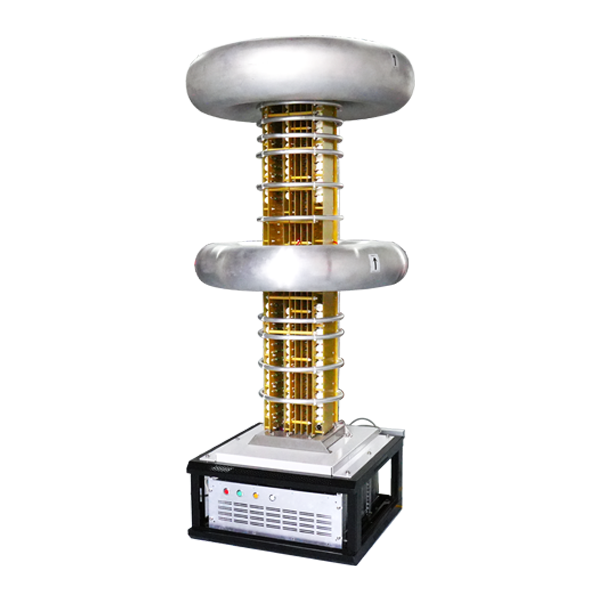Improving Radioactive Leakage Prevention in Nuclear Medicine High-Voltage Power Supplies
Nuclear medicine equipment, such as positron emission tomography (PET) scanners and single-photon emission computed tomography (SPECT) systems, uses high-voltage power supplies to accelerate charged particles or drive radiation detectors. Radioactive leakage from these systems poses significant health risks to operators and patients, and a major cause of leakage is the degradation of insulation materials in the high-voltage power supply under long-term high-voltage stress.
To prevent radioactive leakage, a multi-layer improvement strategy for the nuclear medicine high-voltage power supply is developed. First, the insulation material is upgraded from traditional epoxy resin to a ceramic-polymer composite material with high dielectric strength (≥20 kV/mm) and excellent thermal stability (operating temperature range: -40°C to 150°C). This material resists aging and breakdown under long-term high-voltage operation, reducing the risk of insulation failure. Second, a dual-layer shielding structure is designed for the power supply’s high-voltage output terminal. The inner layer is a copper mesh with 99.9% shielding efficiency for gamma rays, and the outer layer is a lead alloy plate with a thickness of 2 mm, which further absorbs scattered radiation. Additionally, a real-time radiation monitoring system is integrated, which uses a silicon drift detector to measure radiation levels around the power supply. If the radiation level exceeds 0.1 μSv/h, the system automatically shuts down the power supply and triggers an alarm.
Long-term operation tests (over 5,000 hours) show that the improved power supply has no detectable radioactive leakage (radiation level <0.01 μSv/h), meeting the strict safety standards of the International Atomic Energy Agency (IAEA). The service life of the insulation material is extended by 50%, reducing maintenance costs and downtime of nuclear medicine equipment. This improvement ensures the safety of medical staff and patients while maintaining the performance stability of nuclear medicine diagnostic systems.
